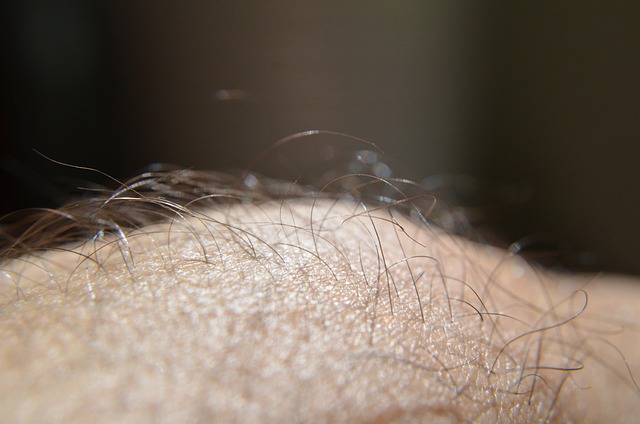Two decades after the emergence of probiotics (live bacteria or yeasts that, when ingested, have a proven beneficial effect on the body), science is increasingly focusing on a new category of inactivated microorganisms that can be incorporated through foods, supplements, in the form of creams, sprays, or other formulations: postbiotics . Its positive effects are not limited to the digestive tract; They would also be beneficial for the skin, the respiratory system and the vagina.
Although the use of inactivated microorganisms with beneficial health effects in food and pharmaceutical products is not new, it was only in 2021 that the term “postbiotics” was coined to define them. From that moment, and in just two years, a true revolution occurred in science and in the market, and in terms of the number of scientific studies to analyze its possible applications, as described in two articles published in the journals Frontiers in Pharmacology and Frontiers in Nutrition .
“The simplest way to define postbiotics is to say that they are dead or inactivated microorganisms, whole or in fragments, that can have a beneficial effect. They are inactivated through a directed technological process, which in most cases is heat, but which can also be due to radiation or high pressure," the first author of both articles, Gabriel Vinderola, told the CyTA-Leloir Agency. doctor in Chemistry and researcher at the Institute of Industrial Lactology (INLAIN) of the Province of Santa Fe, which depends on CONICET and the National University of the Litoral (UNL). Vinderola is also the first and only Spanish-speaking member of the International Scientific Association of Probiotics and Prebiotics (ISAPP), an organization that proposed the new definition to encompass nine different words that were used, and thus coin a new category.
According to ISAPP, then, postbiotics are “a preparation of inanimate microorganisms and/or their cellular components capable of conferring a beneficial effect on the host.”
The Argentine Gabriel Vinderola is the first and only Spanish-speaking member of the International Scientific Association of Probiotics and Prebiotics (ISAPP).
“We have to recover the consumption of microorganisms, because our diet and the environment that surrounds us has become very sterile and that has a cost for the immune system. The development of postbiotics could contribute to solving this lack,” emphasized Vinderola, who took the opportunity to clarify the difference with probiotics and prebiotics , the most famous members of the so-called “biotic” family .
In the case of the former, these are live microorganisms (certain bacteria and yeasts) that through clinical studies have been shown to provide health benefits when ingested because they reinforce and improve the quality of the microbiota, the set of microorganisms . good” that resides in the human intestine. For their part, prebiotics refer to what serves as food for the beneficial bacteria naturally resident in the intestine, mainly the indigestible plant materials in the diet, including fiber, certain fruits and vegetables, cereals and legumes.
“ Probiotics are only found in supplements (such as pills) or in yogurts, because they die in the face of certain processes necessary to incorporate them into other foods. Instead, postbiotics may appear in fruit smoothies or warming meals. And for those who do not like fermented foods, they are a way to incorporate microorganisms that, although they are inactivated, are not inactive, since they have immunological activity,” said Vinderola.
Applications and uses
In the world of postbiotics , not everything is limited to the gastrointestinal tract, although this is where there is more evidence and numerous products have already been developed with clinical applications for immune stimulation, management of diarrhea and irritable bowel syndrome. And there are at least three baby formula milks that contain them (from the fermentation of milk with Bifidobacterium breve C50 and Streptococcus thermophilus O65 and their metabolites) and demonstrated that they contribute to the prevention and management of functional digestive disorders of the infant.
“There are also postbiotics for metabolic syndrome, such as Bifidobacterium lactis BLP1, which is capable of helping to regulate fasting glucose and insulin. And in animals, they are analyzed to avoid inflammation of the intestine of racehorses, which suffer a lot of stress when they are transported and this increases their intestinal permeability,” Vinderola highlighted.
But the market can go even further: the effects of postbiotics on other parts of the body such as the respiratory tract, vagina and even the skin are being studied. Without going any further, in the Vinderola laboratory at INLAIN they are working with two bacteria from breast milk: Bifidobacterium lactis and Lactobacillus plantarum. “We saw that, even if we inactivate them, they maintain their anti-inflammatory potential and then we want to be able to apply them in a skin cream to treat atopic dermatitis,” said the scientist, who clarified that they are still in the in vitro stage, of cell culture, and already They began to talk with national laboratories to eventually advance with preclinical and patient studies.
Although the mechanisms of action of these inactivated microorganisms are not known with certainty, it is postulated that they modulate the microbiota and the immune response and improve the functioning of the epithelial barrier.
In Argentina, the postbiotics market is still very incipient (one of the infant formulas is marketed and not much else), but if the global trend consolidates, in the coming years supermarket and pharmacy shelves will surely have a whole new variety of “biotic” products available. “Their versatility means they can have very rapid development,” concluded Vinderola.
















